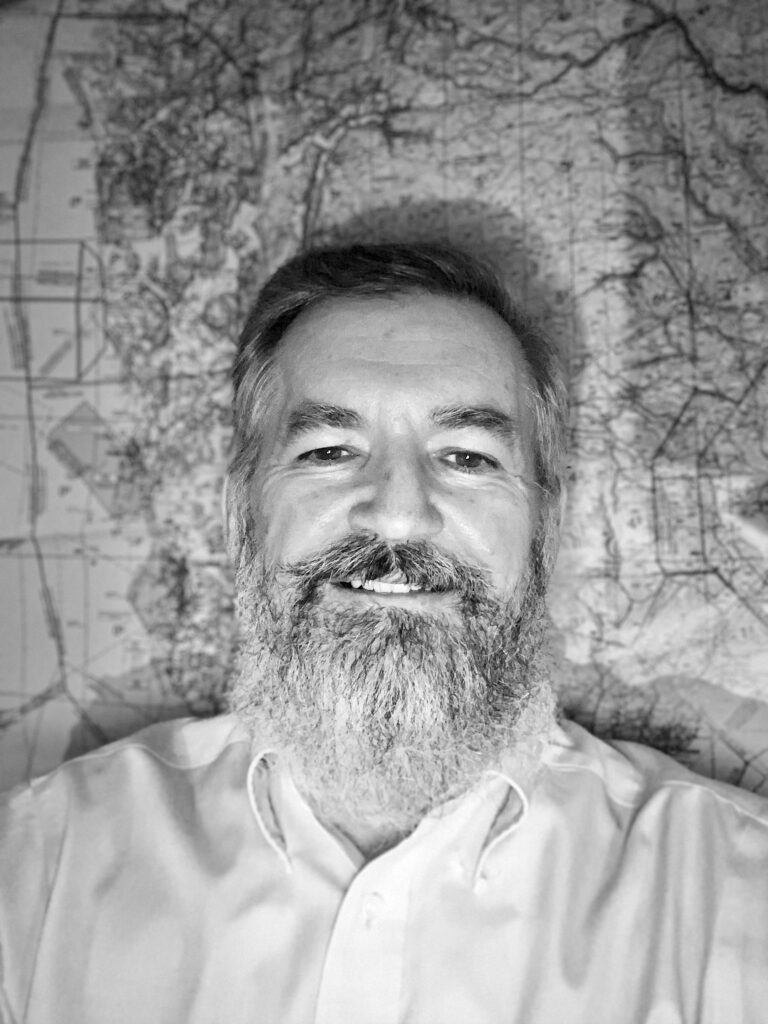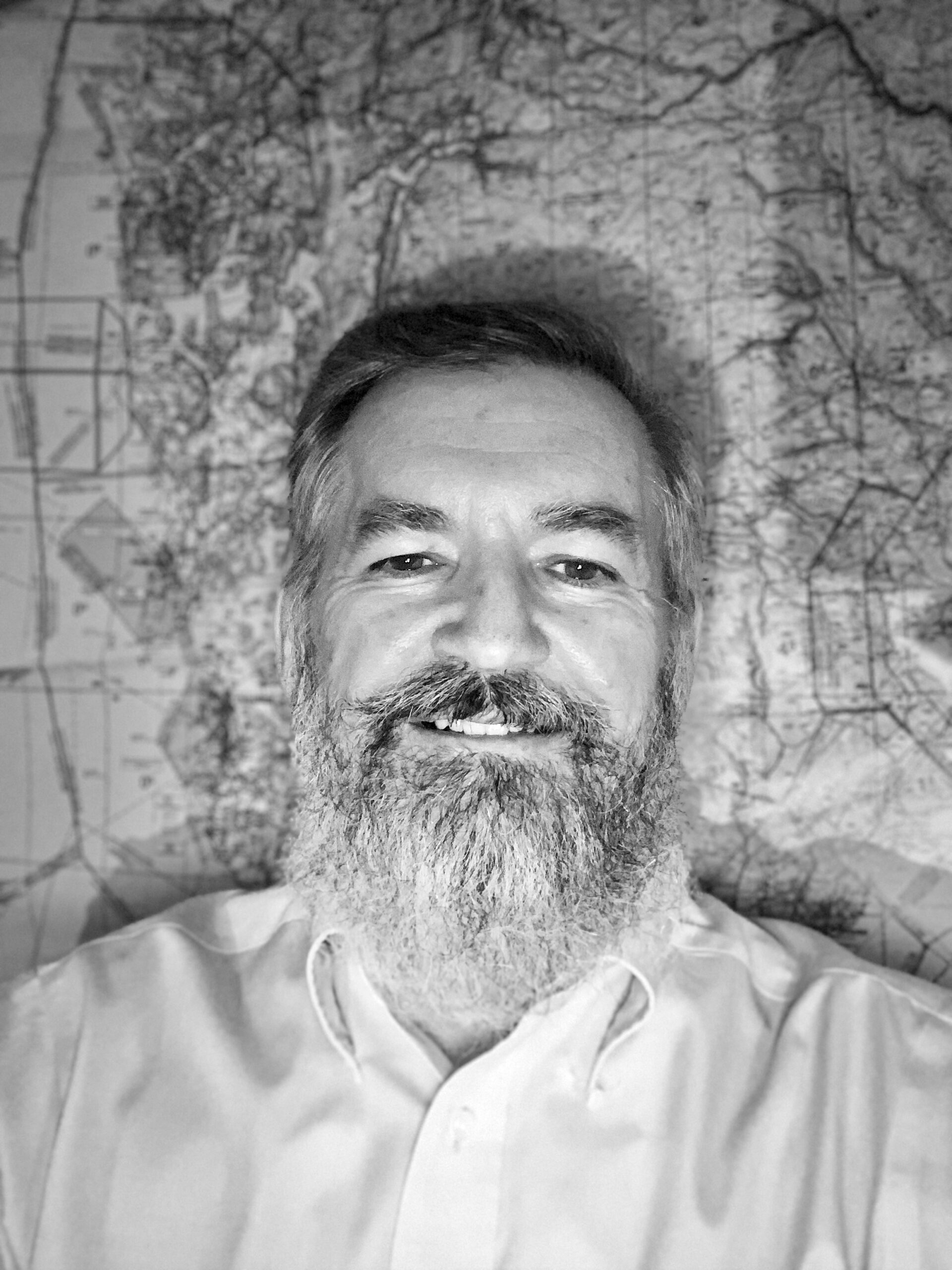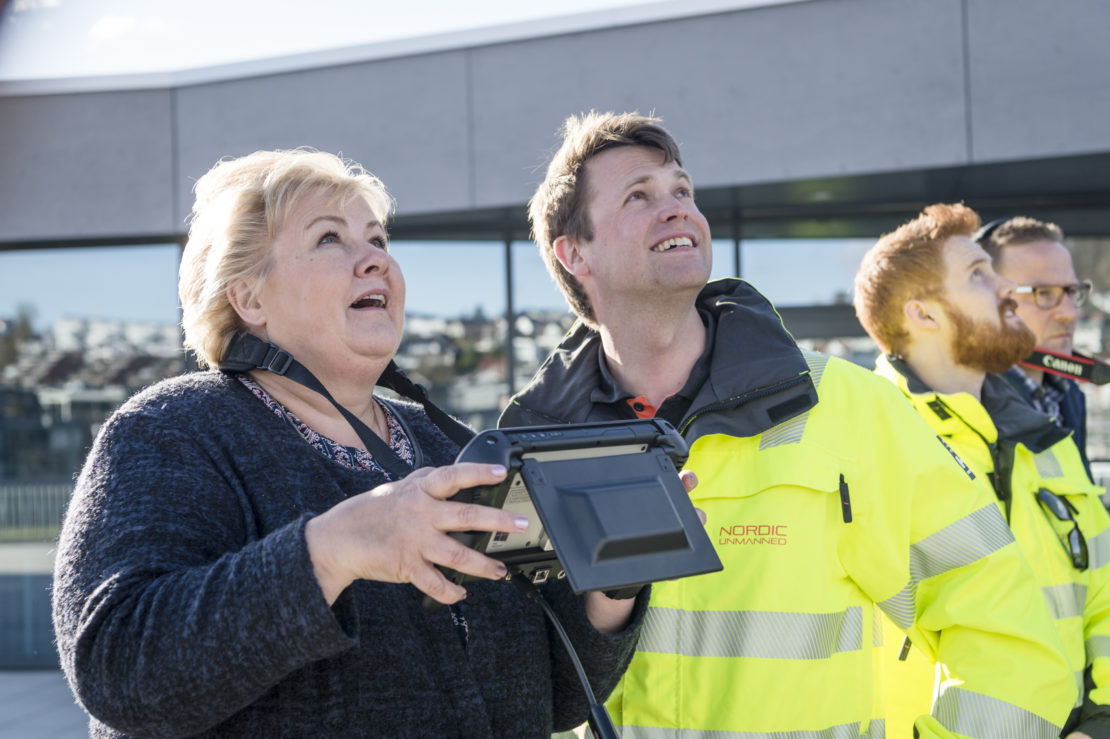A company with an European footprint such as Nordic Unmanned, requires a thorough overview of the rules of the industry. Today we sat down with one of the people responsible to make sure that everything we do, is according to the latest implementations of laws and regulations. We asked Bruno some questions, to get to know him better.

What is the main responsibility of a Senior Vice President of Airworthiness & Certifications at Nordic Unmanned?
The main responsibility is to make sure we obtain the proper authorizations to safely perform the flights we are required to do for our customers and our own purposes.
This requires not only a good understanding of applicable laws and regulations in the many countries we want to operate in but also knowing the characteristics of our platform and payloads as well as our operational procedures to be able to convince the authorities to deliver us the permissions in due time.
We need to have our finger on the pulse of the ICAO, EASA and important countries to see what they are are doing, and to be ready and sometimes influence aspects that are important to us.
In addition, the role is evolving to support the development of our own RPAS and the integration of additional platforms to our fleet. This to make sure that we are ready for our current activities, and for what will come next. Choices we make now and how we plan the life cycle of our own platforms will have an impact on the level of flexibility we will have to operate those under the current and future regulation.
Ensuring that the aircraft we are using are fully compliant with the conditions of our license will be taken care under CAMO (Continous Airworthiness Management Organisation) that will be implemented as we grow. This is to complement the execution of the maintenance activities that we are already performing.
Some of our customers are also recognizing the unique expertise of Nordic Unmanned as an operator in Europe and are asking us to help them determine their strategy in using drones in support of their core business. This generates some interesting consulting projects that gives us an unique view on the future from the customer point of view.
Why is it important to have a role specially designated to this?
Nordic Unmanned is an operator serving a wide range of customers with various platforms in many countries and different airspaces. Therefore, we need to be ready to deploy quickly and in respect of the applicable regulation in every country we need to.
There is no easy answer to find on the internet, or even from the various Civil Aviation Authorities, EASA or ICAO as our activities are always further pushing the frontiers of what is defined or documented. In the past and current activities, we had to work very closely with various authorities to find the proper path to allow those activities.
The role often has a diplomatic dimension, as we try to find solutions whilst putting safety first, in regulatory frameworks that are not completely implemented or even defined, to support our activities. In many cases, we share our experience to help move forward in countries that may not have all the knowledge or resources in place.
The role also includes dealing with Civil Aviation Authorities in case of incidents / accidents, as it has an impact on ongoing and future operations. We need to review the events and how the risk mitigation measures in place worked or not and identify measures to avoid an incident for the same cause. This is the essence of civil aviation evolution; just think about how manned aviation safety improved by learning from every incident of the last 75+ years. That is why we expect a similar evolution for the unmanned aviation.
What role does the rules and regulations play for the drone regulated businesses today?
The ICAO (International Civil Aviation Authority) is a United Nations body that regulates everything related to the usage of airspace for civilian purposes. It was created on December 7th, 1944 and everything we see in the manned aviation world comes from over 75 years of experience. From the certification of aircraft, pilots and crew members, medical examination, airspace management, airways, and international rules; ICAO put those in place around the globe.
The civilian usage of drone beyond modeling experimentation is merely 10 years old and is growing rapidly. The regulation definitions and implementation are leveraging a lot from what already exists for manned aviation, but it is still not in synch with the rapid evolution of the technology and the usages commercial operators want to deploy.
As a responsible operator, we welcome new regulations that improves the safety of our activities and give us the flexibility we need to further grow by adding new platforms and addressing new markets.
What does the future hold for the unmanned aviation industry, in terms of rules and regulations?
The EASA (European Union Aviation Safety Agency), published new regulations that will mostly be implemented by the member countries as per 1.1.2021. It is a major event for the industry and already has an impact on how we plan our activities, and how manufacturers and users will steer their activities.
We expect more uniformity in the operator’s certification process, the RPAS pilot’s qualification recognition, and risk management methodology, allowing us to further expand our activities with our various platforms across Europe.
As any new regulation implementation in Europe, there is room for interpretation by each country and some activities will not be fully covered by the new regulation and will require efforts similar to those in place at the moment.
In all cases, airspace and radio frequency coordination will continue to be required with each national authority.
On a mid-term horizon we will see more and more RPAS and manned aviation sharing the same airspace and resources. That will require precise and very reliable technologies to ensure the safety of all users. Advanced Detect and Avoid technology, Satcom integration, advanced autopilot capabilities allowing the ATC/UTM to take control of a UAV, are all domains currently being researched and implemented. We will be ready!

